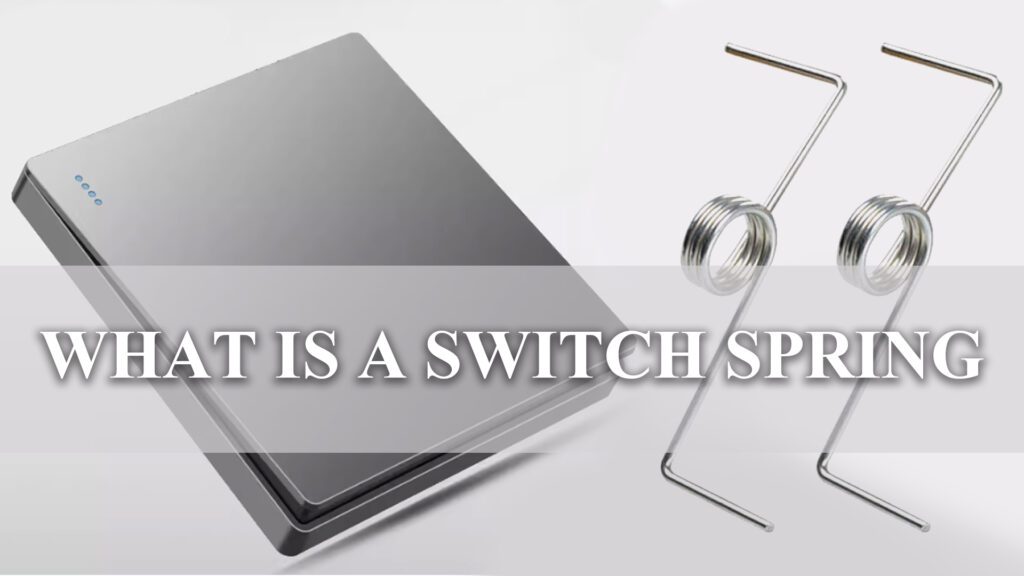Switch springs, also known as Switch Springs, play a crucial role in various types of switch devices. They provide mechanical counterforce, ensuring that switches return to their initial positions after operation or remain stable in a particular state. Here’s a detailed explanation of switch springs:
Definition of Switch Spring
A switch spring is a spring installed in mechanical or electrical switches. It provides the necessary mechanical force to facilitate the closing or opening of the switch. These springs can be compression springs, torsion springs, or extension springs, depending on the design and purpose of the switch.
Functions and Purposes
Switch springs serve several essential functions. Firstly, they restore position: after the switch operation, the spring provides counterforce, returning the switch to its original position. For example, in push-button switches, the spring pushes the button back to its unpressed position when released. Secondly, they maintain stability: in some switches, the spring helps keep a stable state. For instance, in toggle switches, the spring ensures the switch stays firmly in either the on or off position. Finally, they provide tactile feedback: springs offer feedback force, allowing users to feel a clear click or resistance when operating the switch, enhancing the user experience.
Types and Applications
Switch springs come in various types, each suited to specific applications. For example:
- Compression Springs:
- Applications: Push-button switches, keyboard keys, etc.
- Function: They provide outward push force, enabling buttons or keys to return to their unpressed positions.
- Torsion Springs:
- Applications: Toggle switches, rotary switches, etc.
- Function: They offer torsional force, ensuring the switch remains or returns to a specific position after being rotated or toggled.
- Extension Springs:
- Applications: Specific types of mechanical switches.
- Function: They provide pulling force, aiding the switch in returning or maintaining position after being pulled.

Design and Selection
When designing and selecting switch springs, several factors must be considered. Firstly, materials are crucial; high-strength metals like stainless steel or steel alloys are commonly used to ensure sufficient elasticity and durability. Secondly, specifications such as length, diameter, wire gauge, and spring constant are designed according to the specific switch requirements to ensure reliable operation and tactile feel. Lastly, lifespan must be taken into account; the spring’s fatigue life must be considered to ensure the switch performs well over long-term, high-frequency use.
Use Cases
Switch springs are widely used in various everyday and industrial devices, including but not limited to:
- Household Appliances: TV remotes, microwave buttons, washing machine control panels, etc.
- Computer Equipment: Keyboards, mouse buttons, etc.
- Electronic Devices: Mobile phone buttons, camera shutter buttons, etc.
- Industrial Controls: Control switches on machinery, instrument switches, etc.

